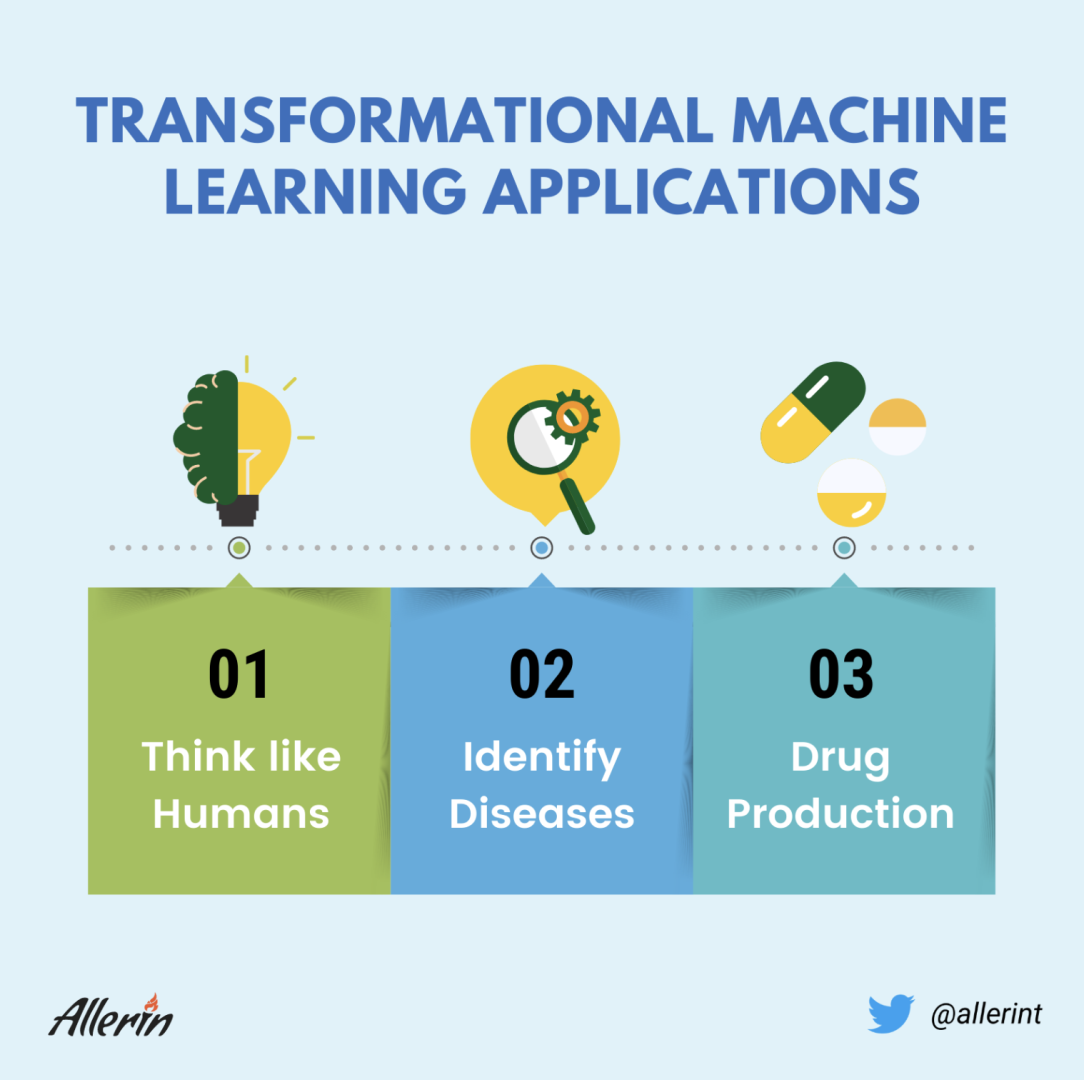Transformational Machine Learning (TML) has the power to further enhance AI technology.
It provides AI-powered applications with capabilities that can enable them to think like humans.
Artificial intelligence (AI) and machine learning (ML) tasks are different. But almost all ML and AI tasks rely on inherent characteristics to describe instances. When there are widely established ML challenges (tasks), these attributes can be transformed into external details by first training ML on those other activities and then empowering them to make judgments for every example of a successful goal, thus resulting in a unique depiction. This is referred to as Transformational Machine Learning (TML).
Emulating Human Intelligence with Transformational Machine Learning
It is a never-ending quest to create machines with fully human-like learning capacities and cognitive machines that can understand and comprehend like humans. For example, we can still play an instrument skillfully with our eyes closed. However, an artificial intelligence system playing the device in a different setting (i.e., with its "eyes" closed) may not be as successful.

To create the machine learning we know today, we got ideas from the architecture of the human brain. The concept of neurotransmitters in machine learning has common qualities to the genetic nerve cells. A human brain has around 86 billion neurotransmitters, each of which is connected to other nerve cells. When stimulated, human sensory neurons produce a pulse and convey information to other nerves. The machine learning computational model, like the human brain, is made up of interdependent cells. A neuron becomes active when it accepts inputs and transmits information to specific other cells. The flexibility of our minds helps us learn and develop our abilities. We create and reinforce neural connections every moment we discover something new. That's why practicing a task makes us stronger at it.
Recent breakthroughs in Transformational Machine Learning (TML) have wowed the press by achieving astounding accomplishments, such as identifying objects accurately, outperforming top StarCraft gamers, and identifying breast cancer more quickly and accurately than physicians, among others.
TML is a machine learning method that can execute tasks effectively smarter than people, reaching the standard of achievement that matches or even surpasses human capabilities. These are solely built to perform in their particular purposes, no matter how stunning they appear. We're still a long way off from creating artificial human intelligence. These TML systems are different from human intelligence in critical respects, notwithstanding their genetic motivation and technological accomplishments, such as:
Explaining and comprehending difficulties to understand and think like a human
Attempting to learn for intellectual growth
Applying what is already learned to new work and circumstances
Scientists have devised a statistical and neuronal basis for human meta-relevance feedback. When it comes to thinking, humans can respond to unpredictability. The goal of scientists is to create a model that can generate decisions to solve long-standing problems that humans can. Their findings have raised the potential that technological advancements would lead to the creation of increasingly human-like machines with Transformational Machine Learning.




Leave your comments
Post comment as a guest